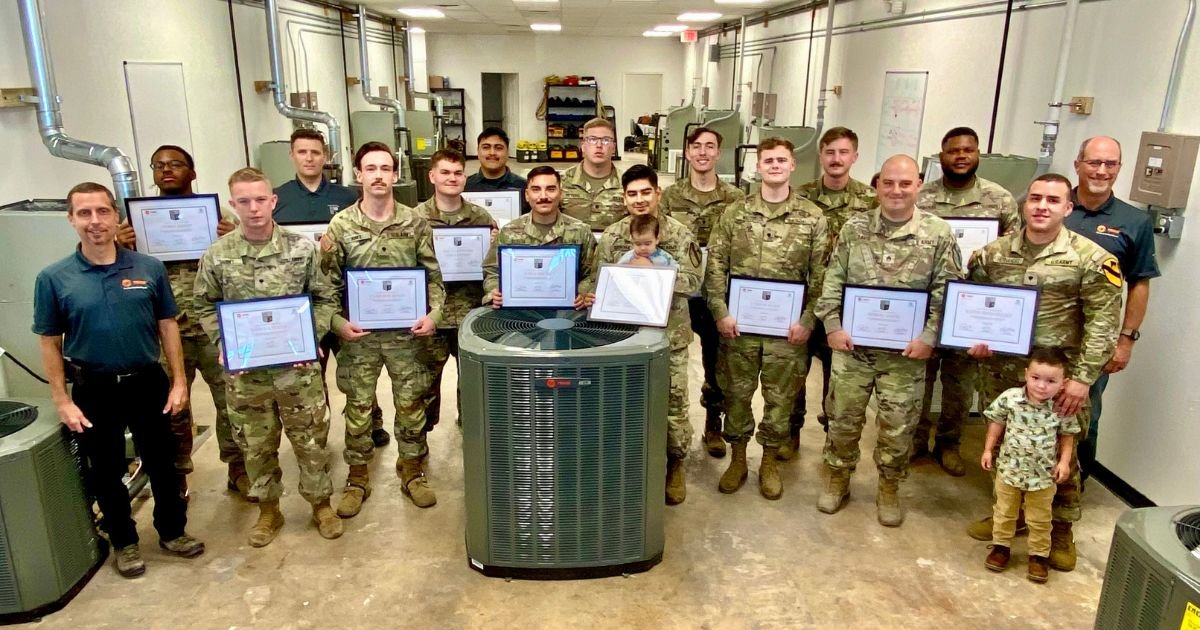You might be wondering how the COVID-19 emergency affects your federal financial aid if you have federal student loans. Tuition refunds and credits, emergency grants for emergency loans, and enrollment flexibility are among the relief measures provided by the US Department of Education (ED). Continue reading to learn more about these relief methods, as well as information on moving schools or deferring your next term.
1. You Will be Entitled to Educational cost Discounts and Credits
Some schools shuttered as a result of COVID-19, and many classes were relocated online or canceled. As a result, your school may issue you a refund or a credit that you can use to pay down existing student loan debt or to cover future education-related expenses. Contact the bursar's office or your financial aid office for more information about your school's current policies.
You can cancel your loan without paying any interest or fees if you do so within 120 days of receiving the funds.
You can return part of the aid you got to lessen your total sum owed if you accepted a bigger loan amount to help pay for room and board but your situation has changed due to COVID-19.
2. Federal Money related Help Is Available
COVID-19 emergency awards totaling more than $18 billion were just made available to current college or career school students. If your school participates in federal student aid programs, you may be eligible for emergency funding to cover costs incurred as a result of the coronavirus outbreak. Food, housing, course materials, technology, health care, and child care are all examples of expenses that may be covered by the funds.
These awards must be provided in cash (which could include a pre-paid card or another electronic method) and should be utilized to cover essential expenses at your discretion. Without your agreement, your school could not apply your grant to an outstanding balance on your account. Furthermore, these grants should not be taken into account when determining your financial assistance eligibility or award.
3. There are Adaptabilities for Proceeding Enrollment Amid COVID-19
Leave of Absence has been approved.
Your school may have provided you the opportunity to request a leave of absence if your study abroad program was canceled or you became unwell. Your school may transfer the financial aid you got for that semester to your following term if you are allowed such a leave. To learn more about your school's current leave of absence policies and financial aid possibilities, contact the financial aid office.
To keep receiving federal student help, you must achieve your school's standards for satisfactory academic progress (SAP) toward a degree or certificate. Completing a specified number of credits in a certain amount of time, as well as satisfying minimal grade point average (GPA) requirements, are examples of satisfactory academic progress. If you suspect COVID-19 is to blame for your inability to complete enough courses or achieve minimal GPA criteria, contact the school's financial aid office and explain your circumstances. COVID-19 emergency relief flexibility allows a school to remove credits that a student was unable to finish as a result of COVID-19.
4. There’s a 0% Intrigued Rate Period
Interest on student loans controlled by the US Department of Education is temporarily set at 0% from March 13, 2020, through January 31, 2022. (ED). Direct Unsubsidized Loans, which ordinarily accumulate interest while you're in school, are included in this 0% interest rate advantage.
Follow these procedures to figure out what kind of loans you have:
Go to StudentAid.gov and look at your dashboard.
On the off chance that ED possesses your loan(s), you'll take note of "Office OF ED" sometime recently the advance servicer's title. These are the credits that qualify for a 0% intrigued rate. Regular intrigued rates will apply when the 0% intrigued term wraps up. Intrigued rates are calculated depending on the date your advances were at first dispensed (paid out). Always be beyond any doubt merely as it borrowed what you require. Utilize
College Scorecard to assist you to figure out how much you'll bear to borrow for school. It contains information on your possible earnings after completing particular disciplines of study for some schools.
5. Don’t Exchange Schools Without Investigating First
If you're thinking about switching schools or enrolling at a different school during COVID-19, use College Scorecard to look up school-specific information. If you're looking for a school in your neighborhood, go to College Scorecard and click "Show Me Options," then "Schools Near Me," to find schools within a certain distance of your current location.
If you transfer schools, discover if your new school offers financial help through the FAFSA® form, and update your FAFSA with your new school's information.
Before moving schools, seek advice and weigh all of your possibilities.
Make beyond any doubt to check how numerous credits the unused school would acknowledge based on past work.


.jpg)










